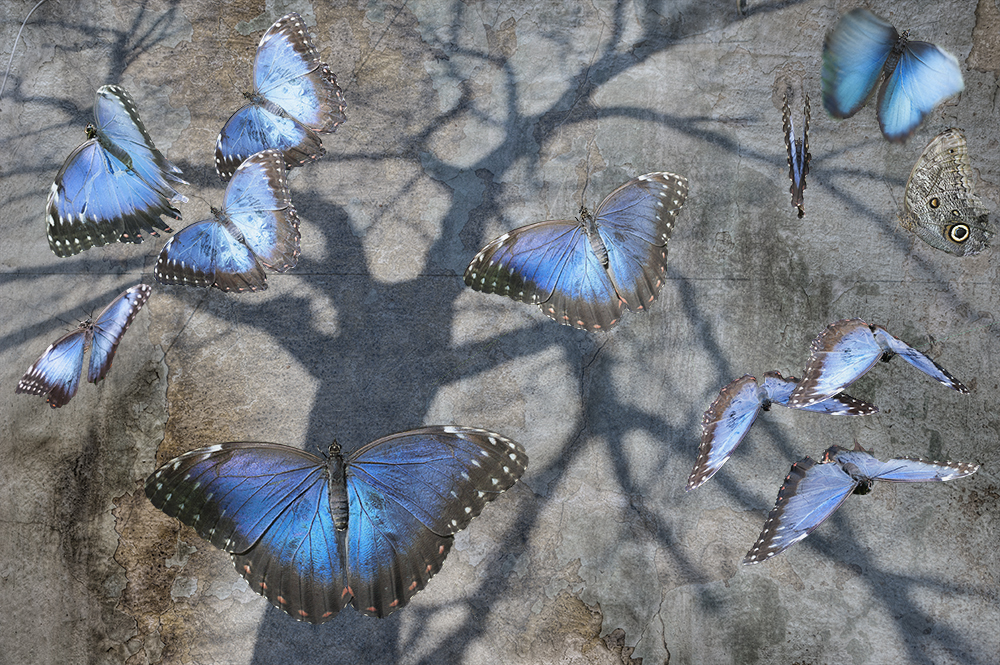simulacrum

-
PhotographerPaolo Vergnano
-
Agency / StudioPaolo Vergnano
The plants switch phases of beauty with other quiescent and inconspicuous. In the winter break, we see them as dead. The work (simulacrum is part of the series "What the trees dream") focuses on this period of long sleep and on what plants may be able to dream. Not dwell too much on the rationality or scientific nature of this statement. The plants dream of what they don’t have neither more nor less than us. These dreams have the butterflies as leading characters; in my view, they represent more than any other living thing awakening, heat, sun, spring. The butterflies are not only the actresses of the dream but even the bearers of dreams. And so the branch becomes caterpillar, an extension where the butterfly takes flight, after metamorphosis. The symbol of transformation and rebirth is also at psychic level; their inconsistency embodies the ephemeral and the resurrection. In "simulacrum" we see no more tree but only its projection, its shadow that enhance the delicate border from life and death
Pelekus, from the ancient Greek ax, recalls a macabre beak. Pressed against the chest, smashes the fish into the membrane bag. The image that weighs the cost to feed the little ones inspired the symbol of Christ pouring blood for the redemption of men. The pelican is also elevated to emblem of charity. In the work, the reflection is a time mirror and a lens to give another look. The pelican moves from left to right, from water to tree, from above to below. What you see reflected is not always equal to the start’s point. It depends on who looks at it and what it is looking for.